The specific mechanisms for cassette players and decks largely depended on how much you paid for them.
On inexpensive players, the capstan, feed reel and take up reel would be driven by the same motor, connected by belts. On the best decks, the capstan and the reals would each have a separate motor. Mid priced decks could have two motors, one for the capstan and one for the reels.
On a one or two motor system there would be a slip mechanism driving the take up and feed reels. The feed reel need to put reverse pressure on the tape to maintain tension across the heads.
The clutch that allowed the reels to turn at variable speeds could be a simple as letting the belt slip on the pulley. I saw a number of these when disassembling broken players as a kid. On three motor systems, the reels would be driven in the appropriate direction by its own motor. Presumably it was a relatively low torque motor so it would not stretch the tape.
Either way, the rotation of the capstan, pressing against the pinch roller would govern the speed of tape travel. The 1 7/8 inch per second speed was the standard, but some players could play at other speeds, usually to extend the recording time for low fidelity used, such as voice notes.
During fast forward or rewind the pinch roller is pulled back from the capstan. On a one motor system, the capstan would spin at a faster rate. On a multi-motor system the capstan would be still.
Auto-reverse decks added more mechanisms and had two capstans and pinch rollers.

